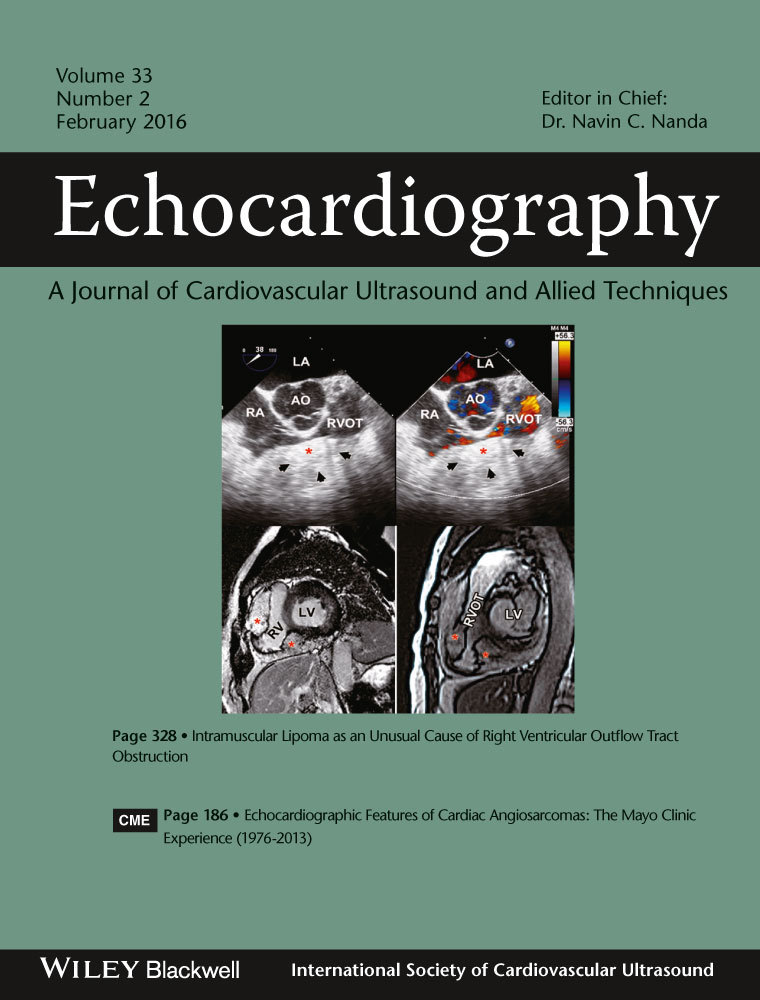Geometry-Related Right Ventricular Systolic Function Assessed by Longitudinal and Radial Right Ventricular Contractions
Abstract
The aim of our study was to evaluate the geometry-related right ventricular (RV) systolic function under normal hemodynamics by assessing the longitudinal and the radial RV contractions in children. We examined 953 healthy children. We measured tricuspid annular plane systolic excursion (TAPSE), RV anterior wall displacement from the interventricular septum (RVWD), and RV to left ventricular diameter ratio (RV/LV ratio) using M-mode echocardiography. The z-values were calculated as geometrical parameters of the TAPSE (z-TAPSE), the RVWD (z-RVWD), and the RV/LV ratio (z-RV/LV). The RV stroke volume (RVSV) was measured using Doppler echocardiography and standardized using the z-value (z-RVSV). The z-TAPSE was no or weakly negatively correlated with both the z-RVWD (r = −0.18, P < 0.0001) and the z-RV/LV (r = −0.12, P < 0.0001). In contrast, the z-RV/LV correlated positively with the z-RVWD (r = 0.61, P < 0.0001). The z-RVSV correlated only with the z-TAPSE (r = 0.30, P < 0.0001). Although the radial RV motion increases with the progression of RV dilatation, the RVSV is not associated with radial RV motion. In contrast, the RVSV relates to the longitudinal RV motion independently of the radial RV motion under the normal physiological condition. We presume that the RV contraction patterns change related to the RV geometry under various hemodynamic conditions.




